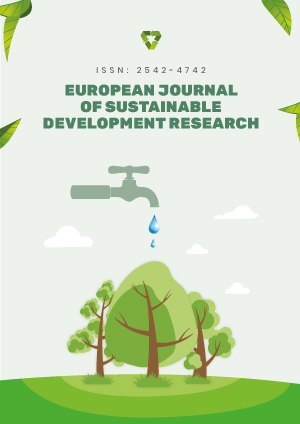Abstract
The presence of organic pollutants, particularly polycyclic aromatic hydrocarbons and dyes, poses significant environmental threats, necessitating urgent remedial measures. This study aims to address the critical issue of naphthalene contamination in water by investigating the efficacy of modified kaolin as a low-cost adsorbent for its removal from aqueous solutions. Raw kaolin underwent calcination at 650 °C followed by acid treatment using 1M hydrochloric acid. The treated kaolin was meticulously characterized using Fourier-transform infrared spectroscopy and scanning electron microscopy. A comprehensive optimization study was conducted using the Box-Behnken design, revealing the highest removal efficiency (RE) of approximately 87.9% under the following conditions: pH 7, initial naphthalene concentration 100 mg/L, and contact time 120 minutes. Equilibrium data fitting into the Langmuir isotherm yielded an impressive coefficient of determination (R²) value of approximately 0.98. Kinetic data were successfully modeled using the pseudo-second-order equation, further validating the efficacy of the adsorption process. Thermodynamic studies confirmed the feasibility of the adsorption process, as evidenced by increasingly negative values of Gibbs’ free energy alongside a positive enthalpy change. Notably, naphthalene adsorption onto treated kaolin clay particles exhibited promising results. Optimization of process parameters using response surface methodology elucidated an optimum condition for maximum RE, which was experimentally validated. In conclusion, this study establishes that kaolin represents a viable and cost-effective adsorbent for naphthalene removal in water treatment applications. Its potential to mitigate environmental pollution underscores its significance in addressing contemporary environmental challenges.
License
This is an open access article distributed under the Creative Commons Attribution License which permits unrestricted use, distribution, and reproduction in any medium, provided the original work is properly cited.
Article Type: Research Article
EUR J SUSTAIN DEV RES, Volume 9, Issue 3, 2025, Article No: em0307
https://doi.org/10.29333/ejosdr/16351
Publication date: 01 Jul 2025
Online publication date: 06 May 2025
Article Views: 1024
Article Downloads: 602
Open Access References How to cite this article
 Full Text (PDF)
Full Text (PDF)